Darkest Dungeon (Video Game)

 Developed by Red Hook Studios
Developed by Red Hook Studios
Available on PC through Steam
Suitable for 16+
On the precipice of death, four unfortunate battered souls stare into the maw of oblivion. Though once brave, their resolve lies shattered, cleaved away in hearty chunks by horrors unfathomable. Their eyes, once glinting with anticipation of glory and treasure, now serve as nothing but glassy mirrors to reflect the horrid abominations that assail their fragile bodies. All are lost to despair save for brave Reynauld, whose tattered psyche stays intact by a single thread. He grips his longsword tight, hard steel warm with blood a macabre comfort amongst the musty brickwork and stench of unceasing decay. Stepping forward into the fray, he delivers a sound blow, and sends a hulking skeletal beast reeling. For a moment, a flicker of hope returns. Feet planted firmly in the moldy cobblestone, he braces to weather the coming storm. Sinister black springs from the shadow to assail his mind, and the gale winds of terror do snap that final thread, casting his cradle of sanity deep into the recesses of this infernal place. He is tested, with only destiny to foretell if he shall stand tall in the face of oblivion, or be sent reeling into insanity. I wait with baited breath.
And now he’s Masochistic. Fuck.

Malveisin over here became a stalwart. Be more like Malveisin.
We’re coming to the time now where all the money we threw in the Kickstarter oven has finally risen and turned golden brown, ready to be sliced up and served to the backers. At the time of forking over our eggs and flour, the promises of rich and delicious confections was tantalizing. We kind of just overlooked the fact that not everyone asking for some dough were actual bakers. A lot of the projects have requested more time to read the instructions and preheat the oven, and some of the most anticipated projects featuring a toddler as a protagonist have come back to us as just unbeaten eggs in a mixing bowl. Some magical wizards even found a way to turn all of those baking supplies into booze and strippers! For what are essentially passion projects, it’s always nice to see one come out as delicious well balanced banana bread. Darkest Dungeon is banana bread with Cthulhu monsters.

Delicious!
Back in 2014, Darkest Dungeon hit the Kickstarter scene and made quite the stir as a game that everyone just wanted to be made. A stylish trailer came out for it in October of 2013, promising gothic horrors, sanity stretching obstacles, and tight roguelike gameplay. The idea was fresh and begging to be done right. It had a unique cartoonish style that looked more like paper cutouts and comic book drawings, which instantly drew in both hipsters and normal human beings alike. It seemed the perfect project, and was soon released on Steam through Early Access.
A year after the proposed release date of January 2015, the retail version of Darkest Dungeon is among us. Many fans and backers tried it out during Early Access, but this is the final judgement. It’s time to see if all those promises were fully realized. As one of those who had a save file with several dozen hours on it, I wanted to give the game a look with fresh eyes. I had been there for several of the major changes, but hadn’t really delved into Darkest Dungeon for several months. Even though the game gives you three save slots, I for some reason had the brilliant idea of deleting all of my old saves to start fresh. Here’s a professional tip: if you plan on being a media journalist, don’t delete your old saves on a whim.
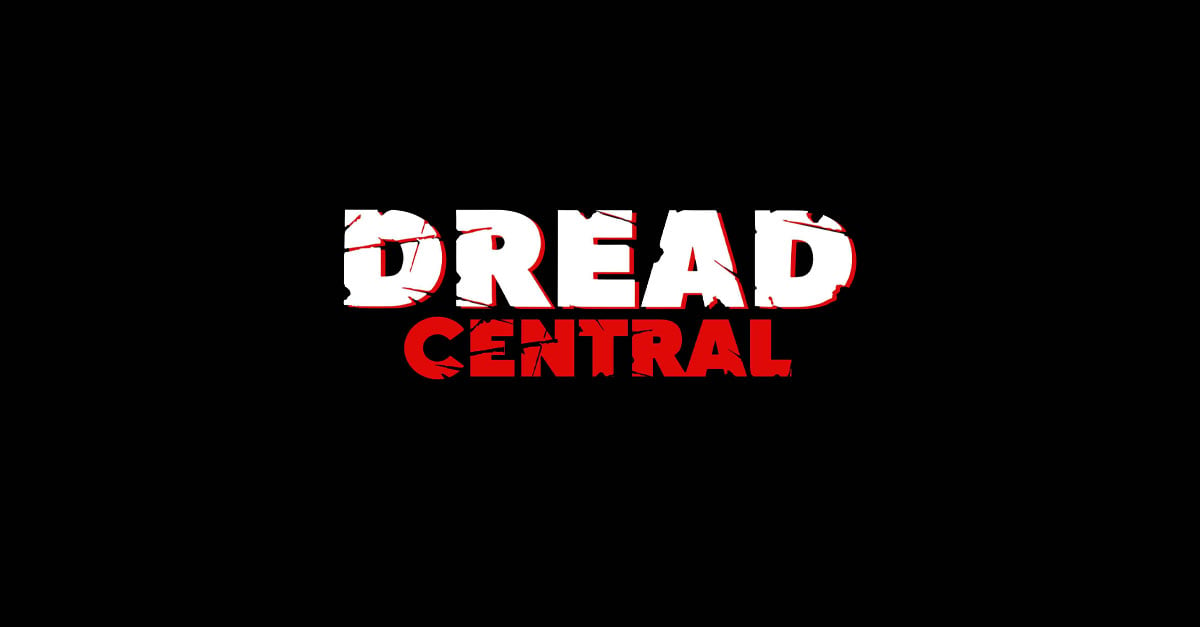
Oh fuck, I totally forgot how much of a shit hole this place is…
Fundamentally, the game hasn’t changed since its first release. One day you receive a letter from a distant relative of your once proud and noble family, whose dark dealings and eldritch obsessions has left his once flourishing estate in ruins. At the onset of the game, this relative is presumed dead, with all narration done as recollection. It’s a tense and foreboding way to tell the story, as each hit of what is to come is done with a familiar and dreadful tone. What lies in wait is unknown in form, but the hints you glean into the colorful and brutal history builds magnificently. There’s a flair for the dramatic in the writing, which would seem overwrought if not for the fitting gothic setting and tone. The style and substance of Darkest Dungeon compliment each other perfectly. On quality of narrative alone, it is a masterpiece.
Gameplay is divided into two main parts: the town, and expeditions. Though initially lying in dilapidated ruin, the nameless hamlet is your constant refuge from the horrors of the dungeons. Here you will train, upgrade, recruit, pray, and drink away your worries. Each of the eight buildings serves a function towards one of these purposes, and are upgraded with the relics you find during your expeditions. It’s a slow crawl towards restoring the hamlet, but a consistent one. For all of the setbacks you might find in combat, the progress of your hamlet is a comforting reminder of your accomplishments.

There we go, much better.
Actually starting an expedition isn’t just a click away, as you must select a roster of four heroes to brave the dangers of one of four different dungeons. The Ruins, Weald, Warrens, and Cove all offer different kinds of enemy type and relic reward. There are some staple cultists and bandits that can be found in any dungeon, but more specific enemies like undead, fish monsters, and mutant fungus can only be found in their respective areas. Each enemy type has different strengths and weaknesses, so your party should be maximized to exploit this. The fishy monsters of the cove, for example, have high bleed resist and damage reduction, making blight crucial for melting the most crustaceous of them. I always found the Ruins to be easier than the rest, but it isn’t massively noticeable at higher levels.
Beyond picking a zone, you also pick a mission type and difficulty. There are three randomly selected missions in each zone for each round of expedition. The types of challenge are all simple, ranging from exploring 90% of the rooms to purifying three objects. Beyond that, the challenges are further modified by difficulty and length. Easier missions can only be taken on by lower level heroes. Barring higher level heroes from lower missions is initially annoying, but serves to make the game constantly challenging. The length of the expedition determines how many “camps” you can make, which serve as brief moments to recover and prepare.

Malveisin says a little prayer here, which Dismas couldn’t care less about because Dismas shot a necromancer in the face two rooms ago. Be less like Dismas.
Putting your party together relies on role fulfillment and mission type. Longer missions will generally require a healer, while shorter missions might steer you towards increased damage. Campfire skills also matter, with each hero bringing a different set of buffs and/or restorations. After picking your heroes, you provision them with food, torches, and key items that serve to unlock various objects. Once again, different keys are more useful in different dungeons. Figuring out what is most useful where and when requires a lot of either trial and error, or Google.
Okay! You’ve done the town, picked your party, provisioned, and readied yourself for the challenges ahead! If it sounds too complicated, it isn’t. I know it seems daunting, but most of these decisions are made within a few seconds. There’s definitely a learning curve, but the game does a good job of easing you into it with simple tutorials and intuitive design. Once you get the hang of it, playing becomes almost second nature. It’s difficult to have the exactly perfect setup, but getting close enough to do well is simple and rewarding. For all the complexity, it’s easy to grasp.

I prefer to provision heavy, because nothing is worse than succumbing to hunger one turn before you finish.
Setting foot into the dungeon, you’ll find that the combat is both tense and infuriating. This will be, for many, what destroys Darkest Dungeon. I cannot tell you how many times I had to take a break from this game because a lucky critical hit greatly threatened to send my fist straight through the monitor. Every run will find a new way to test your willpower, be it from an unfortunate string of misses, a surprising mini-boss, or just forgetting to bring enough shovels. The game will test your sanity as frequently as it does that of your party.
All combat in Darkest Dungeon is broken down into percentages, making the game a series of invisible dice rolls. It doesn’t hide this fact, presenting all of the relevant numbers and information. Mousing over an enemy will give you the breakdown of their resistances, dodge, and speed, allowing you to make a calculated assessment as to which attack will be most effective against each foe. Combat rounds are broken down into turns, so keeping track of speed variables to assess who will attack next is critical. It might be a lot for more casual gamers to keep track of, but even the drunkest of Teds can figure out that 81% chance to hit is higher than 74%.
There’s a lot of complexity in combat decisions. Choosing between focused burst attacks, area of effect peppering, and damage over time can be the difference between life and death. A more focused assault can bring down a dangerous foe quickly, but is heavily reliant on your ability to correctly predict your lethality. Failure to deal enough damage to kill a target before it attacks can render your assault moot, with devastating consequences. A prolonged damage over time deals superior overall damage, but exposes your party to more attacks.
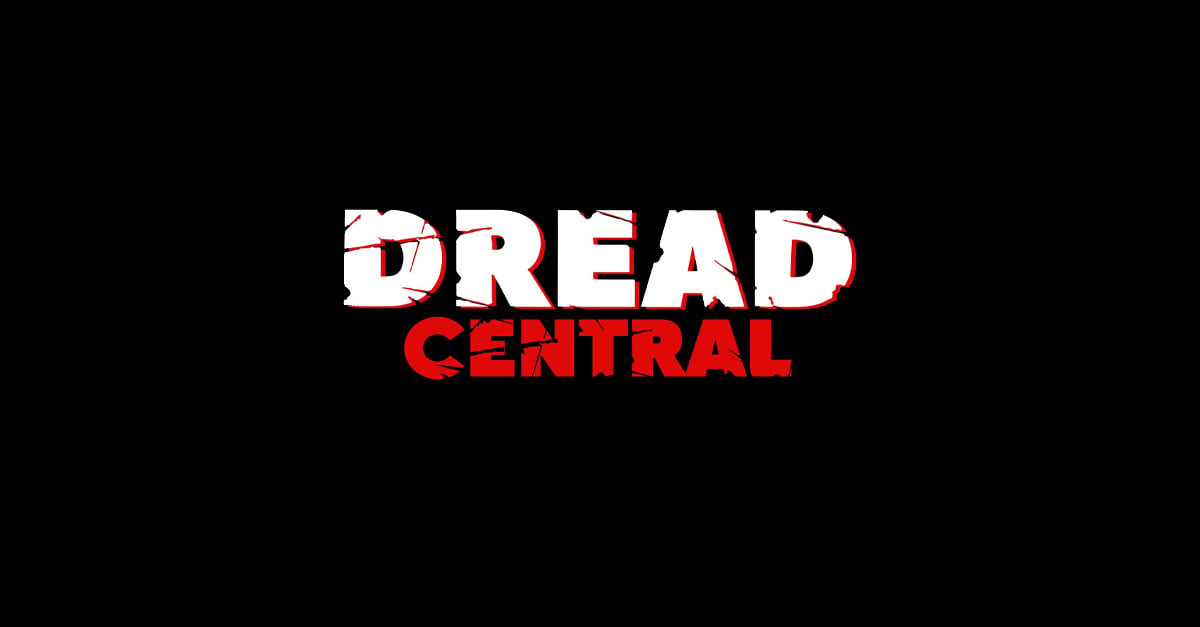
Larger enemies, like this crab, are best disabled and focused down before they grab your jugular, slice it open, and leave you questioning your choices as the life drains from your eyes.
Regardless of how well you plan, you will have a string of unlucky RNG, and you will slam your fists into the wall, and it will startle your dog. It’s completely soul crushing when, despite all of your preparation, you miss four attacks in a row against an already stunned enemy. He can’t even fucking move, for fuck’s sake! Just fucking hit the damn thing! Conversely, your enemies will stab your healer in the face until he dies, and you will cry. You cannot recover from death, so don’t get too attached to your heroes.
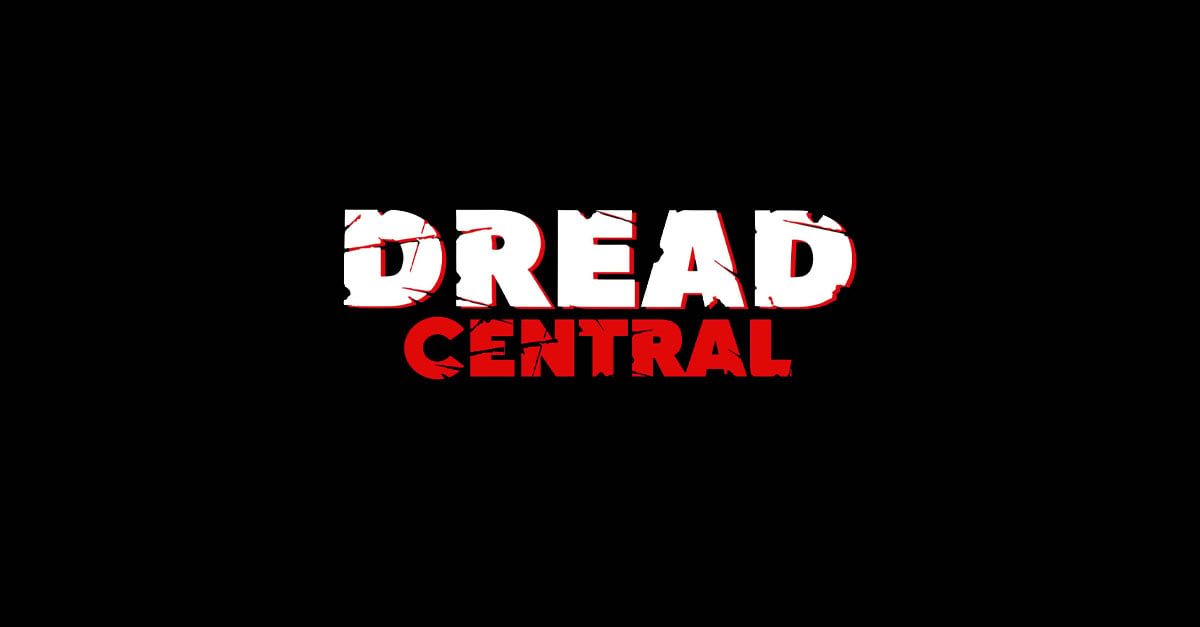
Oh fuuuuuuuuuck not again…
Like a good dom, Darkest Dungeon will keep you coming back time and again for more abuse. Just writing this review got me hooked into another multi-hour session, and I’ll certainly go back for more when I’m done. There’s so much variety to explore, that even the most crushing defeat turns out to be an avenue for new experimentation. Each hero can only bring four combat skills into each expedition, but have an available set of eight. Aside from having different effects, skills can only be used from specific positions. Certain characters like the Leper can only attack from the first two spots, but more variable characters like the Highwayman can be used in a number of roles. At first, you’ll likely only utilize the Highwayman for his ranged skills, but he can also be a viable frontline dodge tank with high damage.
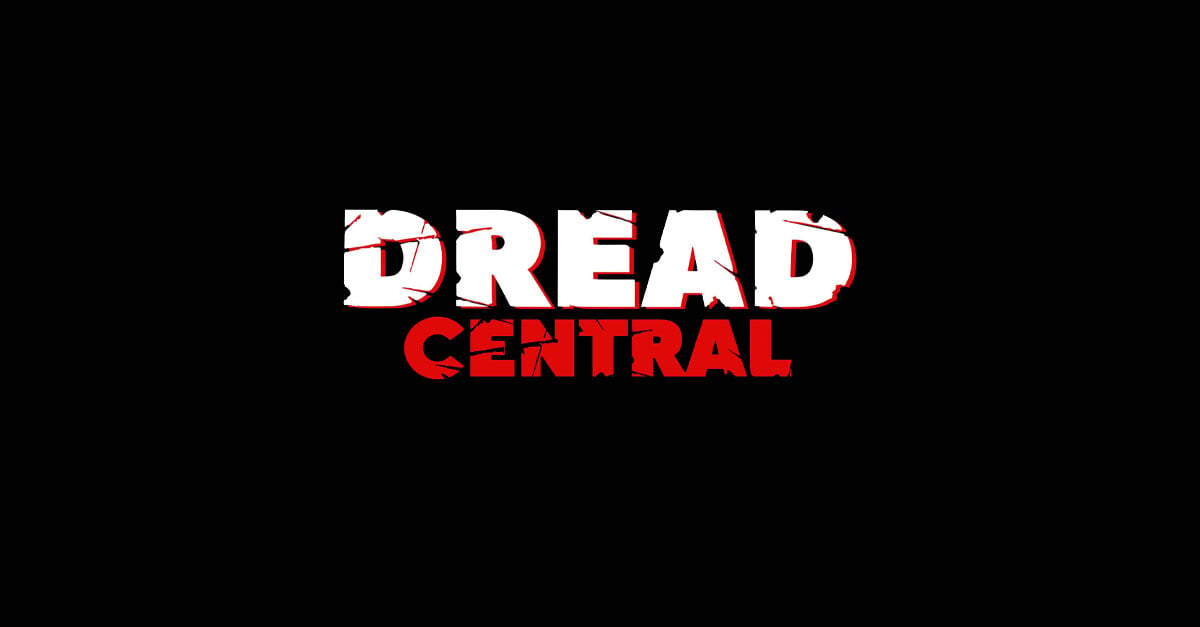
Torchlight is another variable. Letting your torchlight lower empowers monsters, but increases loot. Higher torchlight means safety, less loot, and being called a sissy by all your friends. Never admit to high torchlight runs.
This is where Darkest Dungeon shines for me even more than the gothic tone and cryptic narrative. What presents itself as a straightforward, simple endeavor has layers of choices that make it far more compelling. Your choices evolve as situations arise that force you to consider new threats and options. Having a party that fulfils their slot’s role specifically is very strong, as long as no one ever moves. The first time you are forced to shuffle around and your Crusader jumps to the back row, you might want to consider switching out Zealous Accusation for Holy Lance. Sometimes, a weaker party with more versatility is better.
Titanic bosses will also challenge you to come up with new strategies and compositions. These monstrous foes might seem impossible at first, but all have specific exploitable weaknesses. Some of them require specific damage types like blight or bleed, while others just stand in hard to reach positions. Attacks that you generally wouldn’t consider like the Hellion’s Iron Swan suddenly seem like a good idea when The Prophet drops rocks on you behind 70 HP of barriers.
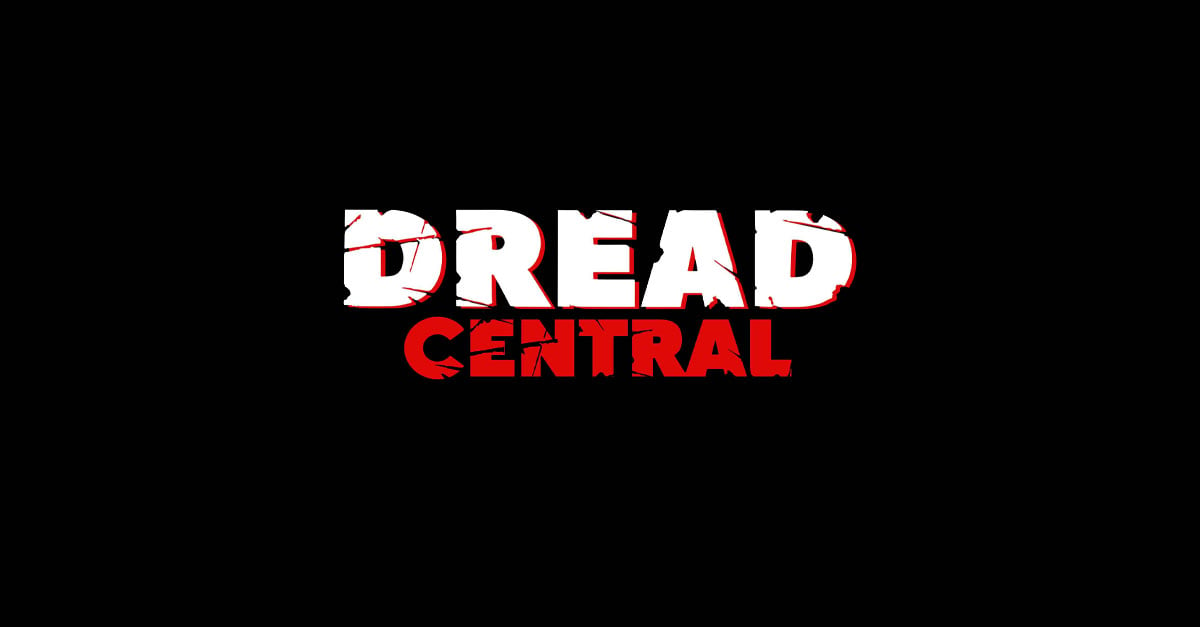
You can’t see me!
For all I love about the final product, I’m skeptical of a lot of their design decisions. Following the development of Darkest Dungeon has been confusing. At several points throughout the development history, players have figured out specific ways to exploit the mechanics. Sometimes these were addressed with simple balance changes, but others elicited the introduction of entirely new mechanics. When people realized that going crazy wasn’t the worst, they introduced “heart attacks”, an instant death that triggers when you go double insane. They also introduced corpses to the battlefield that must be cleared before the enemy party shifts. For me, these are needlessly obtuse and obtrusive ways to solve basic balance problems. They can all be disabled though, so I can’t really be too mad about it.

I swear to god your ass would be so stabbed if it wasn’t for all the crumpled lifeless bodies of your friends.
The end of the game is also stupidly hard. Like, I’m not even going to try to explain it level of hard. You have to have a full party of level six heroes to even go in the final dungeon, and even if you win those heroes can never go back again. It must be beaten four times to win, meaning you need at least 16 level six heroes to win. It’s realistically going to be closer to 40 heroes, since if you fail and have to retreat, they also can’t go back. It’s really, really, really hard to beat this game.
I spent a lot of time on this review. I really want to get it perfect. It’s what Darkest Dungeon deserves. For all of the game’s infuriating bits, it’s all in service of a larger package. For every time I feel like quitting, it just made me want to beat it more in the long run. For all the randomness, there’s a distinct satisfaction in overcoming a seemingly unbeatable foe. We rarely see a title that is such a well realized, singular vision. The horrors in Darkest Dungeon feel alive, real in a way that transcends the visuals on the screen. What the people at Red Hook have done is create a tense, gothic, visceral, sanity draining experience down to the core, affecting you as a player as much as the characters on the screen. The monumental unity of purpose that it took to make this game is an achievement unmatched since the golden age of horror games like Silent Hill. It is an absolute must have for horror fans, and will be for years to come.
-
Game
Categorized:Horror Gaming Reviews

